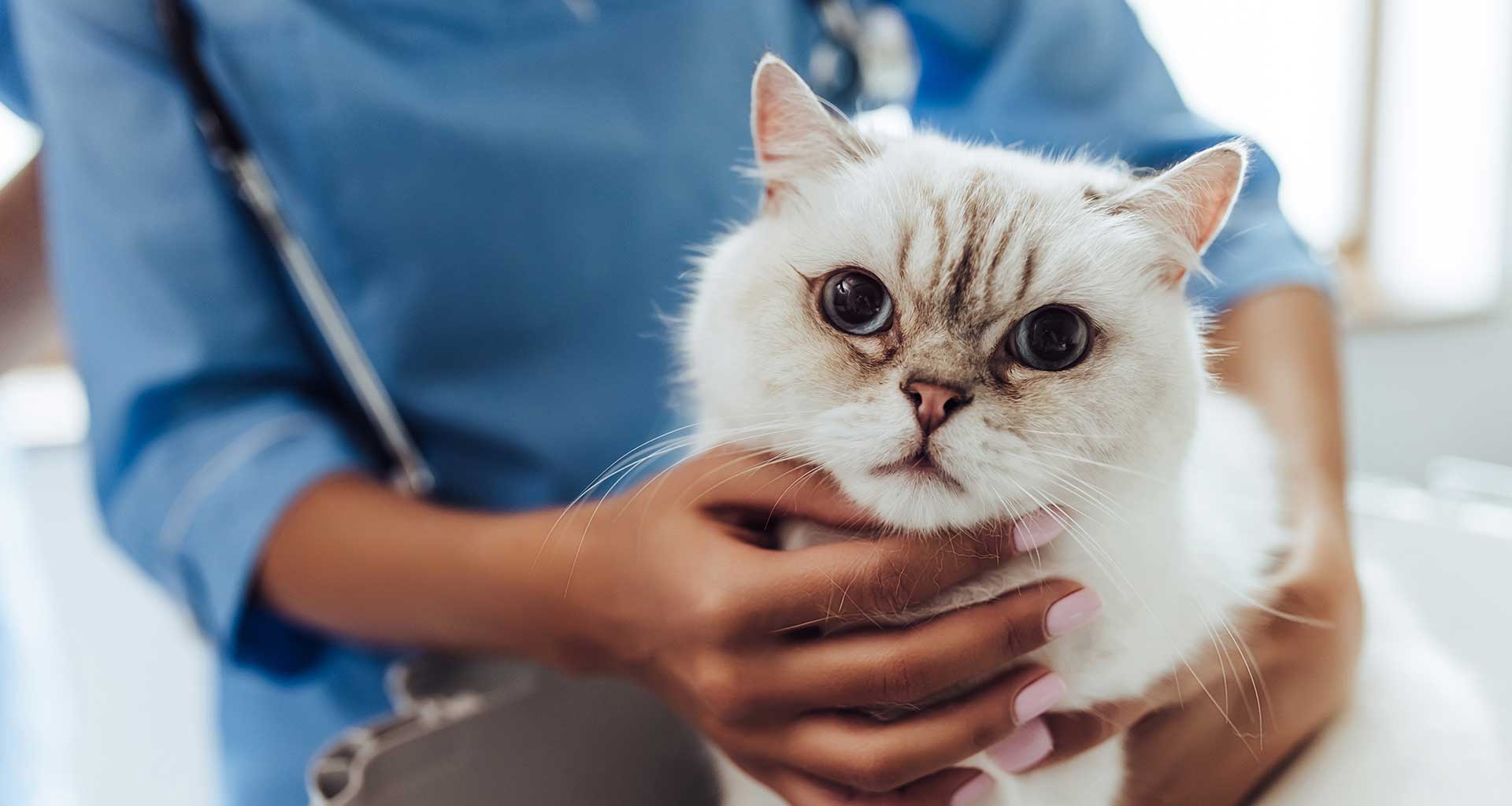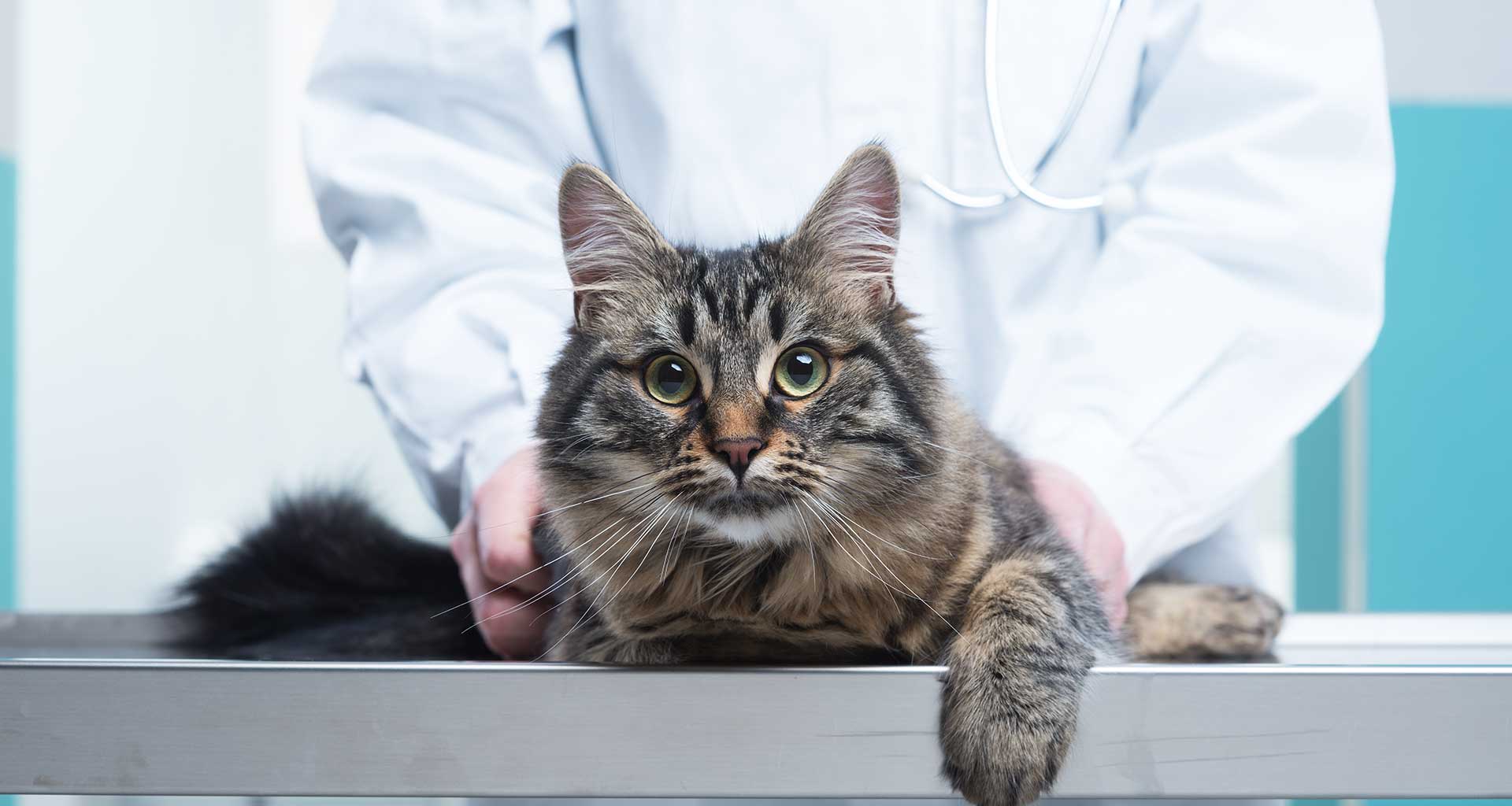The end of a beloved pet’s life can be a difficult time for any pet owner. It is important to understand that there are several options available to provide the best care and support for your pet during this difficult period. End of life care for pets can range from making sure they are comfortable and in minimal pain, to planning a dignified goodbye. Knowing what to expect and the different types of care available can help pet owners make the best decisions for their beloved companion.
It’s never easy to say goodbye to a beloved pet. For many, the thought of having to make end of life decisions for their furry companion is especially difficult. Fortunately, there are resources available that can help and guide pet owners through this tough time.
End of life care for pets focuses on providing comfort and relief from pain, while also ensuring that the animal is able to pass away with dignity and respect. This type of care typically involves deciding between euthanasia or humanely allowing a pet to die naturally. It also requires owners to consider palliative care options such as medications, habitat modifications and special diets that can ease suffering in the final days.

Euthanasia
Pets are family members and their end of life care should be discussed as such. It is important to have a plan in place for when the time comes to say goodbye. Euthanasia is one option that can be considered when pets reach the end of their life.
Euthanasia, or humanely ending a pet’s life, can offer owners peace of mind knowing that no additional suffering will occur and that they were able to provide compassionate care at such an emotionally sensitive time. In certain cases, euthanasia may be recommended if the animal’s quality of life has significantly diminished, due to age or illness. This decision should only be made after discussing all available options with your veterinarian who can help guide you through this difficult process.
It can be an emotional time as owners say goodbye to their beloved pet. Learning how to recognize signs that it may be time, as well as understanding ways to cope with the situation, are important elements of the process.
The first step in dealing with euthanizing a pet is recognizing when it may be time. Signs like difficulty standing or moving around, lack of appetite, and changes in behavior can all suggest that it’s time for euthanasia. However, consulting one’s veterinarian about these concerns is always advised before making any final decisions. Developing an awareness of when it may be necessary helps owners prepare emotionally for what could come next.
It can also help owners if they take the proper steps to cope with their feelings surrounding this difficult decision.
Exploring Options
End of life care for pets is becoming an increasingly important topic in veterinary medicine. With the onset of advanced medical treatments and technology, pet owners are now able to prolong their pet’s lives for longer periods than ever before. However, with this increased longevity comes the need to plan for end-of-life care. There are a variety of options available to explore when it comes to caring for a pet at the end of its life.
In many cases, humane euthanasia is necessary as part of end-of-life care due to a terminal illness or injury that cannot be treated or cured. Pet owners may also choose hospice care in cases where comfort measures such as pain management and symptom control can help improve quality of life. Other options include home care and natural remedies such as herbal supplements and holistic therapies which may provide relief from chronic conditions or symptoms associated with aging.
Exploring the options available for pets at the end of their life is important to ensure their well-being and comfort. Here are some things to consider:
- Quality of Life: Evaluate whether your pet’s quality of life has diminished significantly due to age, disease or other factors. This will help you decide if euthanasia is necessary as it provides a humane option for ending your pet’s suffering.
- Hospice Care: If your pet is not in immediate danger but nearing the end, hospice care may be an option to keep them comfortable during the remaining days or weeks they have left with you.
- Natural Death: Allowing a pet to die naturally at home is an option that many owners choose as a way of saying goodbye.
- Burial or Cremation: Depending on where you live there may be options for either burying your pet in your garden or having them cremated professionally and kept in an urn or scattered somewhere special.

Examining Benefits and Risks
Pets provide unconditional love, companionship and joy to their owners. With such a close bond, it’s only natural for pet owners to want the best for their furry friends. End of life care is an important decision that requires attention and consideration. End of life benefits include easing the pain associated with a pet’s illness, providing comfort during their last days, and preventing further suffering from conditions that cannot be cured or treated. Risks associated with end of life care include potential complications from medications or treatments, financial strain due to necessary medical bills, and emotional distress for both pet owners and their pets.
Reaching a Decision
Deciding when to end the life of a beloved pet can be one of the most difficult and heartbreaking decisions a pet owner will ever make. It is important to remember that all animals eventually come to the end of their life cycle, and there comes a time when it may be necessary for them to receive end-of-life care or euthanasia. Reaching this decision can be very emotional, yet there are several key factors pet owners should take into consideration.
The first is quality of life: if an animal’s condition has deteriorated so much that they are no longer able to enjoy day-to-day activities like eating, playing, or even going for walks, then it may be time for them to let go peacefully.
Deciding when it is time to put your pet to sleep is one of the hardest decisions you will ever make. End-of-life care for pets can be a difficult and emotional topic. Here are eight factors that should be taken into consideration when making this decision:
- Quality of life: Is your pet still able to enjoy life, or has their quality of life significantly diminished?
- Age and Health: What medical conditions does your pet have, and what are the risks associated with each? Are these conditions manageable, or is age a factor in their overall health?
- Cost: How much will it cost to provide ongoing treatments, medications, and/or end-of-life care? Can you afford it?
- Prognosis: What do veterinary experts say about the prognosis for your pet’s condition?
Losing a pet is an incredibly difficult experience that can leave us feeling overwhelmed with grief. It is important to remember that there are many resources available to help us through this process. Grieving the loss of a beloved pet can be done in many different ways, and it is important to take the time to do what feels right for you. Finding the words and support we need from family, friends, and even strangers, can help us get through this most painful experience.





